
BUSINESS
WHAT IS IT?
The Psychology of Green Spaces: How Preserved Plants Affect Mental Well-Being
In a world where digital screens dominate our attention and urban landscapes continue to expand, people are increasingly seeking solace in natural elements. Green spaces—whether in sprawling parks, minimalist homes, or open-concept offices—offer more than just aesthetic charm. They serve a deeper, psychological function, fostering emotional balance, reducing stress, and promoting overall well-being.
While live plants have long been praised for these benefits, preserved plants have emerged as an innovative alternative, offering all the visual and emotional advantages of nature—without the upkeep. But how exactly do green spaces, and preserved plants in particular, impact our mental state?
The Science Behind Nature and the Human Mind
The psychological effects of greenery are backed by a growing body of research. Studies from environmental psychologists reveal that exposure to green environments—even simulated ones—can lower cortisol levels, reduce blood pressure, and trigger the parasympathetic nervous system, the body’s “rest and digest” mode.
When surrounded by greenery, people report feeling more relaxed, focused, and positive. This response is rooted in our evolutionary biology; for millennia, humans have associated plant-rich environments with food, water, and safety. Simply put, greenery makes us feel at home.
Can Preserved Plants Provide the Same Psychological Benefits as Live Plants?
Yes—and in many cases, they do. While preserved plants don’t purify air like live plants, their visual and tactile presence still stimulates the same parts of the brain that respond to nature. Their lifelike appearance evokes the feeling of vitality, balance, and peace that live plants offer.
Preserved greenery also removes the stress associated with plant care, such as watering, trimming, and ensuring proper light. This hands-off approach enables more people—especially those in low-light or maintenance-challenged spaces—to enjoy the benefits of greenery without the responsibility.
Green Design and Biophilia in Modern Interiors
The concept of biophilic design, which incorporates natural elements into built environments, is no longer a trend—it’s a proven strategy for improving human wellness. Incorporating preserved plants into interior design is one of the easiest and most sustainable ways to achieve biophilic harmony in modern spaces.
Designers are increasingly turning to preserved moss walls, eucalyptus arrangements, and framed foliage art to bring softness, color, and life into otherwise sterile environments. These green touches humanize space, making homes feel more nurturing and offices more inviting.
How Does Greenery Influence Productivity and Stress Levels in Home and Office Settings?
Research has shown that even minimal exposure to greenery in work or living environments can lead to significant changes in mood and productivity. In office settings, employees working in spaces with plants report 15% higher productivity and lower absenteeism. Meanwhile, green elements in homes have been linked to better sleep quality, reduced anxiety, and more creative thinking.
Preserved plants, in particular, provide an easy way to bring consistent greenery into high-stress spaces like home offices, conference rooms, and even waiting areas—spaces where live plants might struggle to thrive due to inconsistent care or light.
Tailoring Your Space: Aesthetic Meets Emotional Wellness
Green spaces are deeply personal. Whether you prefer lush hanging gardens or minimalist moss accents, your green design choices can influence how you feel and function in a space. With preserved plants, the customization options are nearly endless—offering color variety, shape flexibility, and style consistency across seasons.
Unlike live plants, which may grow unpredictably or shed leaves, preserved plants stay exactly as designed, supporting a stable and calming environment. This consistency can be particularly important in wellness-focused spaces like yoga studios, meditation rooms, and therapy offices.
What are Some Recommended Preserved Plants for Creating a Calming Atmosphere?
To cultivate a peaceful environment, consider the following preserved plant varieties:
-
Moss Walls – Soft, vibrant, and sound-absorbing, moss walls create an immersive green experience perfect for meditation or relaxation zones.
-
Preserved Eucalyptus – Known for its subtle fragrance and elegant appearance, eucalyptus exudes spa-like calm and clarity.
-
Preserved Ferns – With delicate, feathery fronds, ferns bring softness and a sense of natural movement to interiors.
-
Preserved Lavender or Amaranthus – These flowering options add both color and texture, offering visual serenity in any room.
Each of these choices adds more than just decoration—they serve as emotional anchors in your space.
Bring the Power of Greenery into Your Space with SecondFlor
At SecondFlor, we specialize in premium preserved plants designed to enrich your environment and your well-being. Whether you're refreshing your home, elevating your office, or creating a serene retail experience, our carefully selected products are the perfect solution for low-maintenance, high-impact green design.
Ready to transform your space into a sanctuary of calm and creativity? Explore our preserved plant collections today.
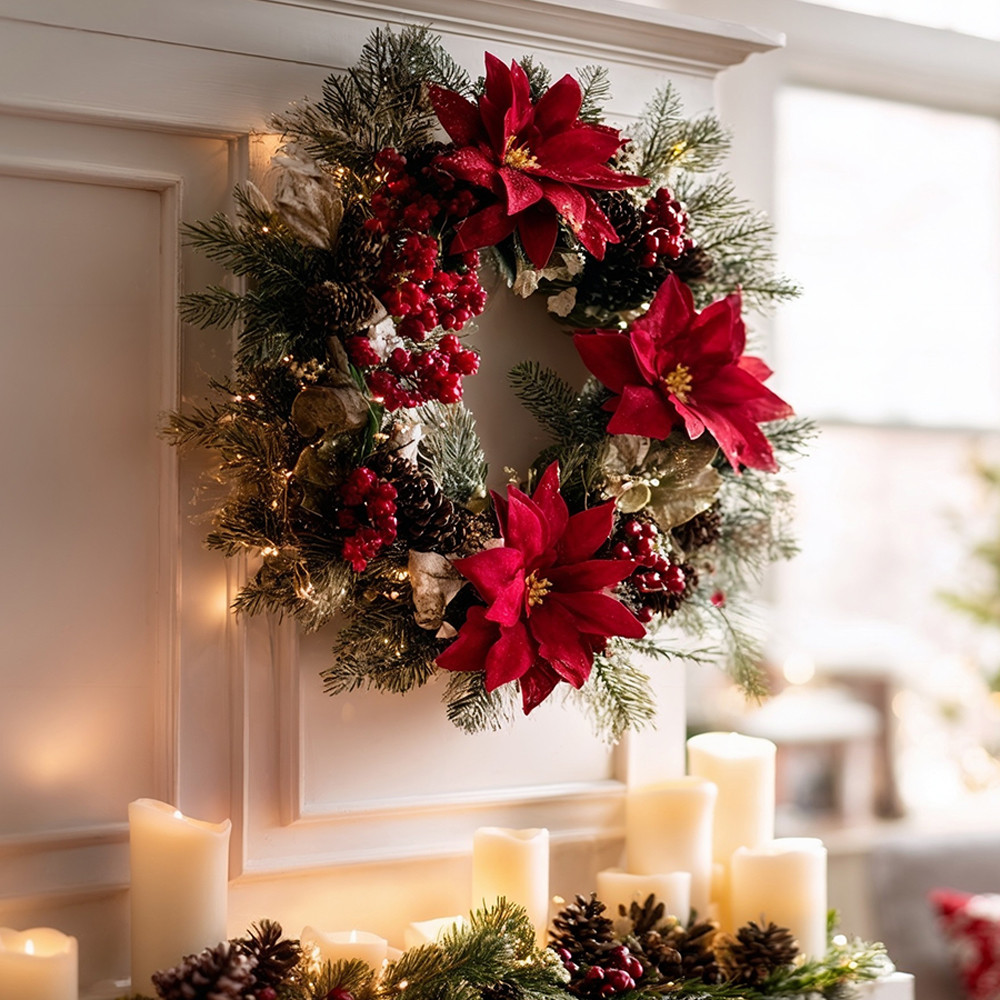
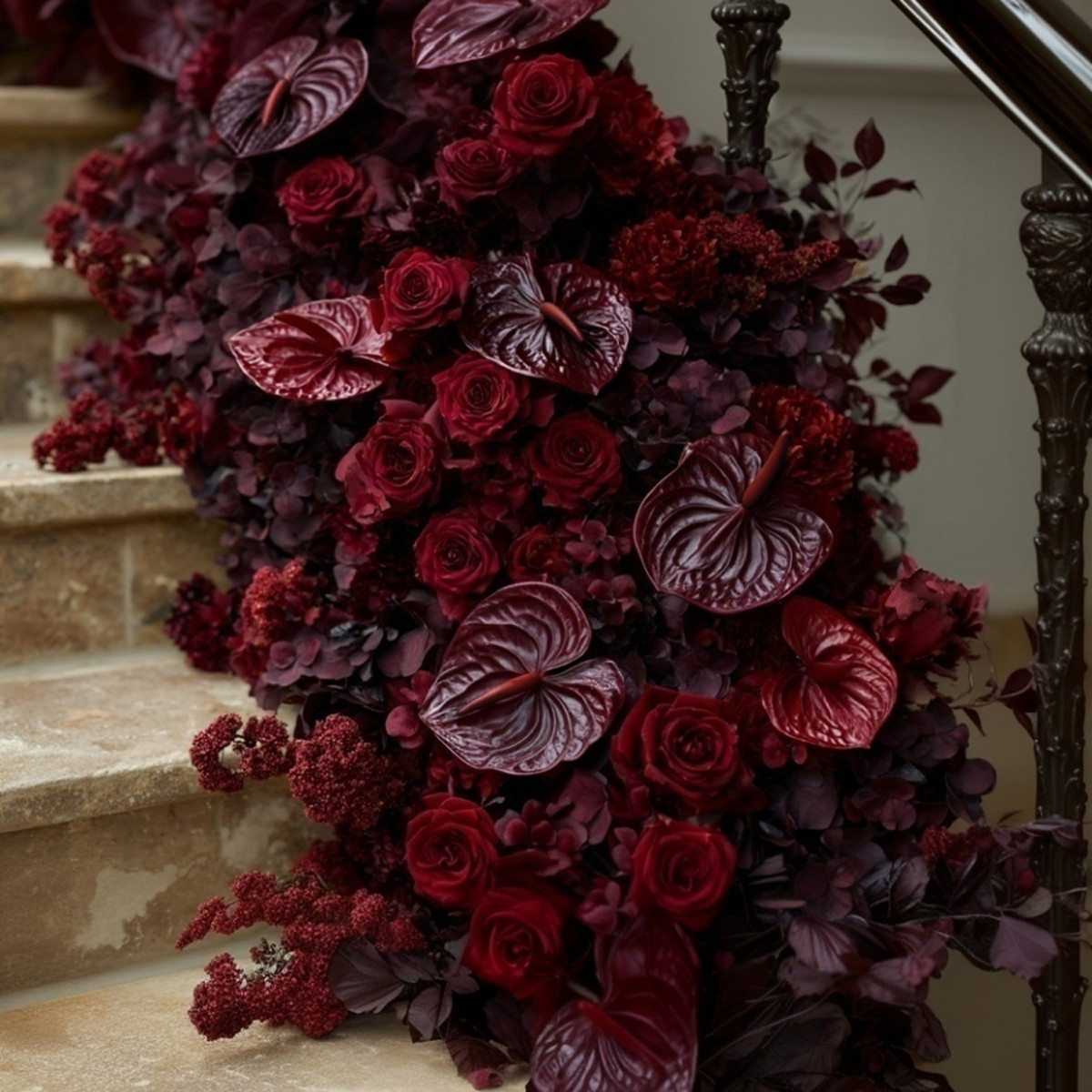

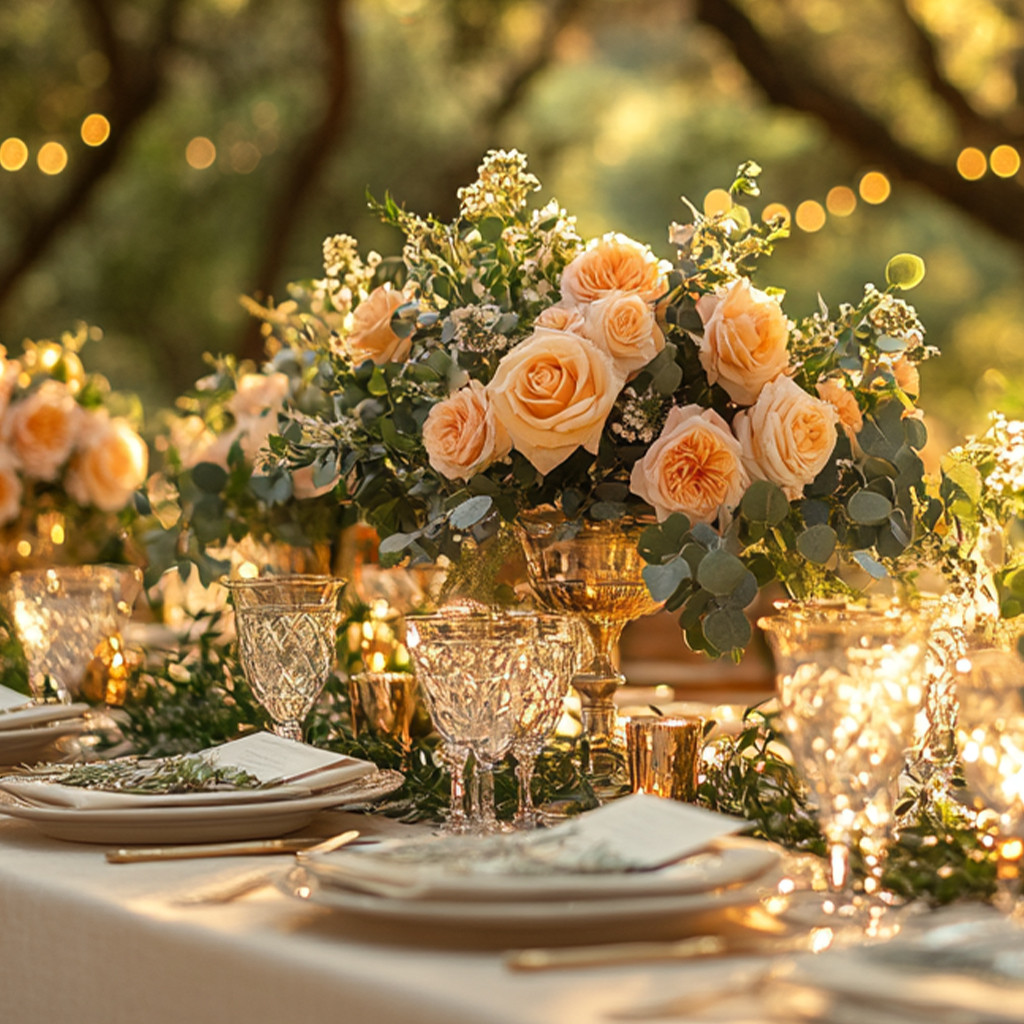

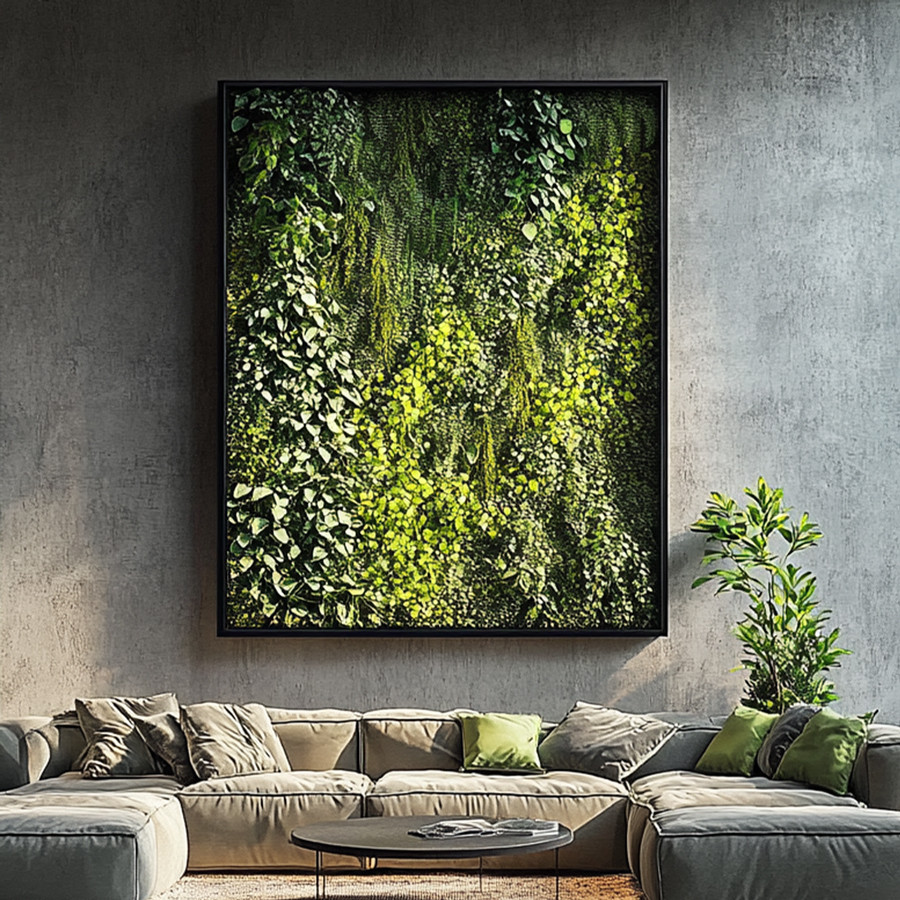
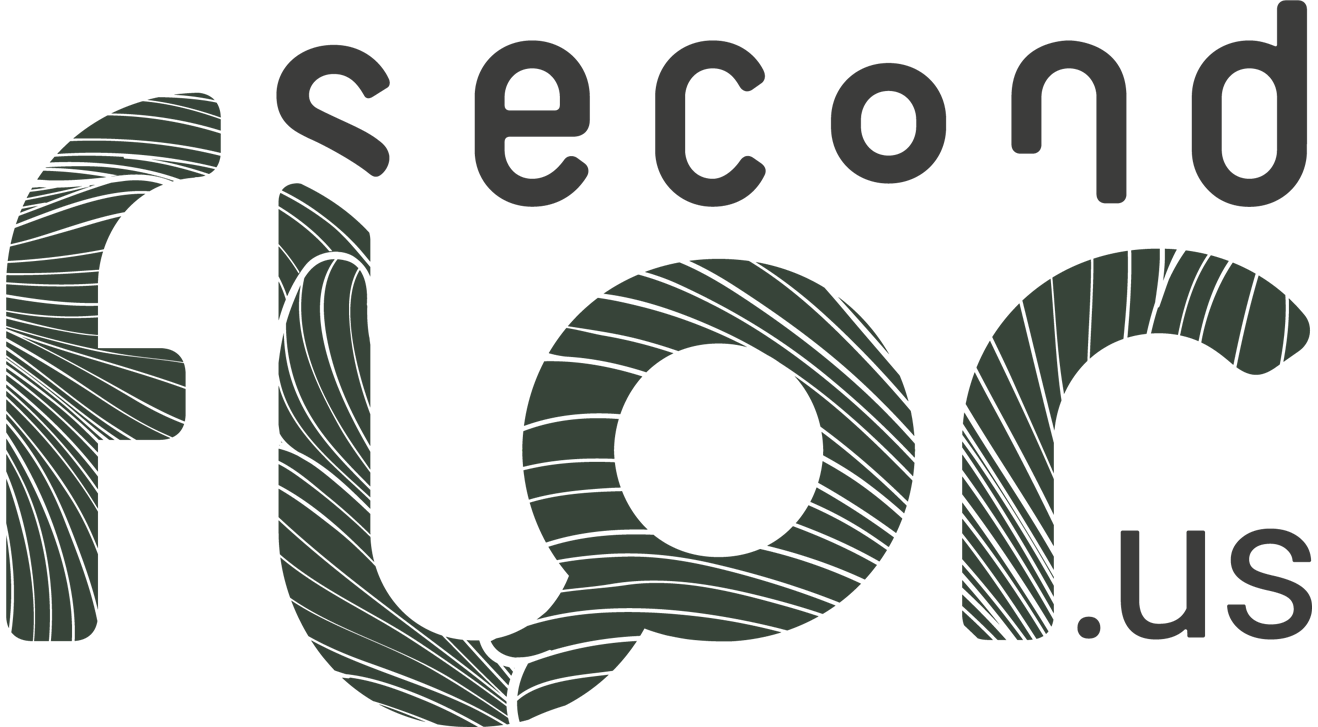

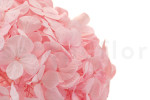
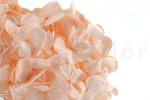

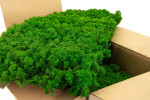

Follow Us